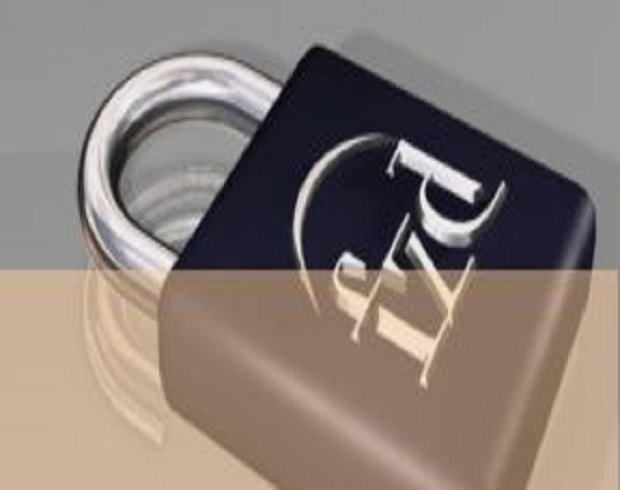[vc_row][vc_column width=”2/3″][vc_column_text]A pilot was welcoming passengers to the flight shortly after take off. “Thank you for flying with us this morning. The weather is…..” He broke off his welcome with a sharp scream followed by, ”Oh my God, this is going to really hurt. It’s burning.” There was complete radio silence for a full minute before he returned. “Ladies and gentlemen I sincerely apologize for that incident, as I dropped a very hot cup of coffee on my lap. You should see the front of my trousers!” Out of the back came a worried shout from a passenger, “If you think yours are bad, you should see the back of mine.”
The Imperial Bank forensic report is out and any bank director, actually scratch that, any director of a Kenyan company should be having severe indigestion right about now. Following its findings, the Central Bank (CBK), the Kenya Deposit Insurance Corporation (KDIC) and the bank in receivership have sued nine individuals, one deceased person’s estate and eight companies in a bid to recover Kshs 42.4 billion of the banks assets and deposits. Yes, the figure is simply eye watering by its sheer size. This civil suit represents a watershed moment for corporate governance in Kenya. With the exception of three independent non-executive directors (INEDs), the other seven individuals (including the deceased) were directors representing the eight companies that were shareholders in the bank.
While the individuals are being sued for breach of fiduciary duty – a basic tenet of corporate governance – the companies therein named are being sued as being beneficiaries of what may come to be Kenya’s single largest corporate fraud since the 19th century explorer Henry Morton Stanley stepped off a boat onto Kenyan shores.
Over the period of ten years from 2006 to 2016, the bank was found to have operated two banking systems, with the illegitimate system passing through over billions of shillings in fraudulent disbursements over that period. The non-executive directors, including the chairman, were tightly joined at the hip and had cross shareholding in various other companies some of which were property related. In view of the fact that this was starting to look like a brotherhood of veritable kleptomaniacs, the three INEDs who joined in quick succession- two who joined on 1st of July 2014 and one on 1st February 2015- may not have been on the board long enough to cotton on what was, and had been, going on for the previous nine years. But today they are jointly and severally liable for years of mismanagement. These chaps were probably pleased as punch to have made it to the board at all and may have been snookered by the fast talking CEO, whose verbosity is alleged to have steamrolled various discussions on the board audit committee which he regularly attended. Now the three INEDs have to get lumped with the other directors all of whom have been painted with a mouthful of accusations over and above breach of fiduciary duty including negligence, gross negligence, fraud and theft.
One could very well argue then, that banks owe a duty of care to their directors to provide rigorous training in both corporate governance and risk management. There are now 42.4 billion reasons why bank directors need to know what they are signing up for. Actually, I could kick it up a notch and say that the CBK should require a made-for-purpose bank director training that one must undertake before they sign off on those ‘Fit and Proper Forms’ that are required for any bank director and senior officer before appointment to the board.
Yet the CBK is not entirely blameless in this mess, as all this happened on their watch. The regulator cannot claim that it relied on audited accounts to arrive at their conclusions for renewal of licenses. There were glaring irregularities in the governance such as the Board Executive Committee undertaking the role of the Board Credit Committee (BCC) without the proper structures in place including having an INED chair the BCC as per Prudential Guidelines. There were allegedly no notices for or minutes of meetings for a BCC from as far back as 2006. Someone was asleep at the wheel over at the banking supervision unit. The lack of INEDs until February 2014 should also have raised a slap on the wrist from the regulator. But it doesn’t appear to have. The only redemption here is that the regulator eventually stepped in, and quite likely because there was a new sheriff in that town.
Whether that amount of money is feasibly recoverable is something for the courts to determine. And directors should not try and draw comfort that they can ask the companies whose board they sit on to put in indemnification provisions in the articles of association or in their appointment letters. Section 194 of the Companies Act 2015 specifically voids any provisions that a company may make to exempt directors from any liability that attaches from negligence, default, breach of duty or breach of trust. However, companies are permitted to purchase Director and Officer (D&O) Liability Insurance to provide that specific indemnity from negligence etc. But there’s a catch. The same Companies Act does not allow D&O cover to provide indemnity (i) against fines from criminal proceedings, (ii) fines from regulators for non-compliance, (iii) defense of criminal proceedings and, finally, (iv) defense of civil proceedings brought by the company itself in which judgment is given against the director.
Therefore even if the Imperial directors had D&O cover, such cover busts two out of the four prohibitions above, viz (ii) and (iv) since the company is the plaintiff in the civil suit.
What’s the moral of this sordid story? Being a director of any company is risky business. Being a director on a board full of business buddies is even murkier business, the kind that requires one to keep a set of adult diapers on hand as they undertake the flight of their lives.
[email protected]
Twitter: @carolmusyoka[/vc_column_text][/vc_column][vc_column width=”1/3″][/vc_column][/vc_row]

 carolmusyoka consultancy
carolmusyoka consultancy
 @carolmusyoka
@carolmusyoka

